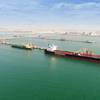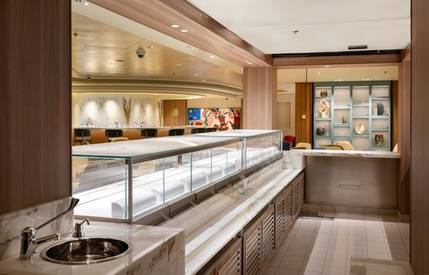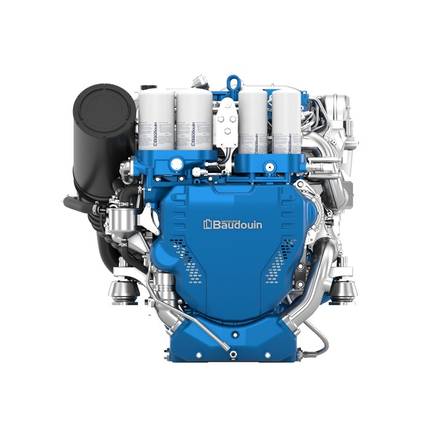AGL Decision on LNG Import Terminal Expected in FY2019
AGL Energy Ltd, Australia's biggest power producer, expects to make a final investment decision on the country's first liquefied natural gas (LNG) import terminal in the financial year of 2019, a company official said on Friday.
The A$250 million ($189 million) project will consist of a leased floating storage and regasification unit (FSRU) and jetty at Crib Point in the southeastern state of Victoria. The terminal will handle up to 130 to 140 petajoules a year, or 2.6 million tonnes of LNG, by 2020 or 2021.
"We are working to progress the project to a final investment decision in the financial year 2019 and are on track to do that," said Phaedra Deckart, general manager of AGL's energy supply and origination team.
"We are in discussion with short-listed LNG suppliers and FSRU providers on the other components to the project."
AGL's financial year runs from July to June.
Australia is set to become the world's top exporter of LNG, but that is paradoxically creating a shortage at home as gas is pulled away from local markets in the southeast.
AGL is looking to fill a looming gas supply shortfall in southeast Australia and break the grip of the market's major gas suppliers, led by ExxonMobil Corp and BHP Billiton .
The company needs gas for its retail customers as well as its own power plants. It depends heavily on supply from the Gippsland Basin joint venture, owned by Exxon and BHP, and from Royal Dutch Shell, which has been selling gas from Queensland.
LNG imports into Australia could provide competition to the gas market in southern Australia and in turn cap prices, Deckart said.
"Australian consumers are paying at times more and higher prices than the LNG netback prices, so we see the LNG imports effectively putting a cap," she said at a conference organised by S&P Global Platts in Singapore.
"It doesn't mean other Australian supply won't be coming to the market in Australia, but it will mean it can't come to the market at a price higher than LNG import pricing."
The company could also import additional cargoes if there are any unplanned outages, capacity constraint or if there is a security of supply issue, she added.
($1 = 1.3250 Australian dollars)
(Reporting by Jessica Jaganathan; Editing by Christian Schmollinger)












